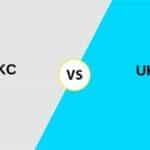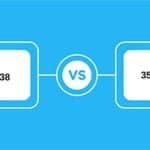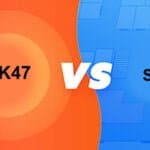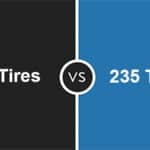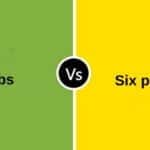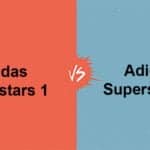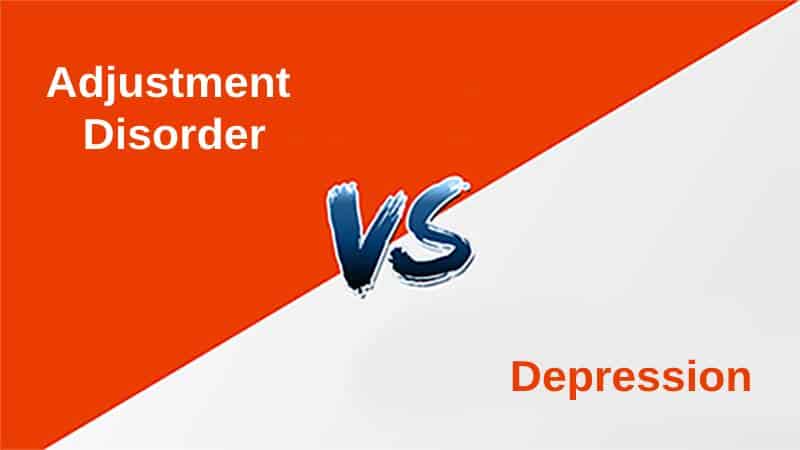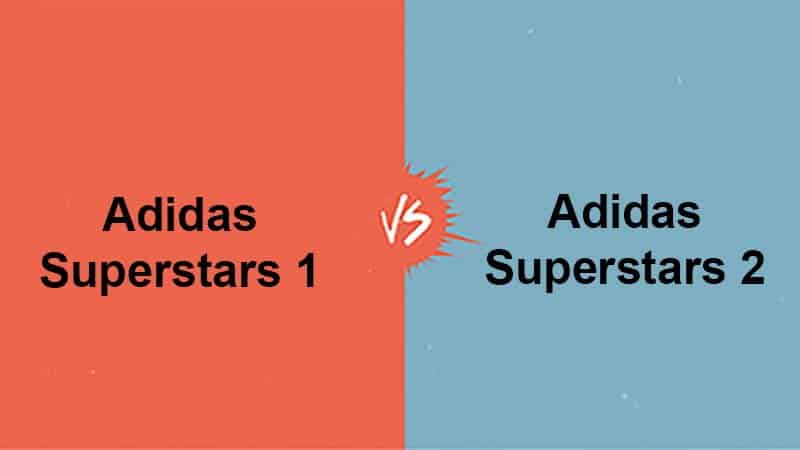The refresh rate of a TV determines whether it is 60 hertz or 120 hertz. The refresh rate is the number of times a TV screen has refreshed itself while displaying a video and an image. There are other things as well that lead to the difference between 60 hertz and 120 hertz TV.
60 Hertz vs 120 Hertz LED TV
A 60Hz LED TV offers a standard refresh rate suitable for general viewing, while a 120Hz LED TV provides smoother motion and reduced artifacts, ideal for fast-paced content and gaming.
A 60Hz LED TV has a standard refresh rate, suitable for most common content, but may exhibit motion blur in fast-paced scenes. It is more budget-friendly.
A 120Hz LED TV has a higher refresh rate, offering smoother motion and reduced artifacts, making it ideal for fast-paced content like sports and gaming. It provides a more immersive viewing experience.
Comparison Table Between 60 Hz and 120 Hz LED TV
| Properties | 60 Hertz LED TV | 120 Hertz LED TV |
| Uses | 60-hertz TV can be used for watching almost all videos and sometimes it can also be used for playing games. | 120 hertz LED TV is commonly used for playing high-quality games that can not be played on 60 hertz led tv. |
| Definition | A 60 Hz LED tv refreshes the tv screen 60 times every second. | A 120 hertz LED tv refreshes the tv screen 120 times in each second |
| Cost | A 60 hertz led tv is slightly less expensive than a 120 Hz led tv. | A 120 hertz LED tv is more expensive than a 60 hertz LED tv. |
| Effectiveness | A 60 hertz LED tv has blurriness, film judder. The tv footage in this tv appears smoother than film footage. | The smoothness of Tv footage and film footage are similar in 120-hertz tv. It decreases the blurriness that a 60 hertz led tv was facing. |
| Picture quality | The picture quality in 60 hertz is good. | The picture quality in 120 hertz led tv is excellent but decreases if the wrong setting has been applied. |
| Frame Rate Difference | A 60 Hz led tv has to adjust to distribute frames evenly causing flickering, judder, and tearing effects while watching something. This kind of TV uses 3:4 pulldown or interlacing to increase the smoothness. | A 120 Hz does not have to adjust, it evenly distributes the frames themselves. This results in smoother video quality. |
What is a 60 Hertz LED TV?
A 60 Hertz (Hz) LED TV refers to a television set that has a refresh rate of 60 Hertz, which is a measure of how many times the TV screen refreshes or redraws images in one second. In the context of LED TVs, this refresh rate signifies the number of frames displayed per second, and it plays a crucial role in determining the overall viewing experience.
Here’s what a 60Hz LED TV means:
- Refresh Rate: The 60Hz refresh rate means the TV screen updates the image 60 times every second. This is the standard refresh rate for many consumer-grade LED TVs.
- Smoothness: A 60Hz TV is suitable for most common content, such as movies, TV shows, and everyday gaming. It provides a reasonably smooth and flicker-free viewing experience.
- Limitations: However, some viewers may notice motion blur or judder due to the lower refresh rate for fast-paced content like sports or high-end gaming. In such cases, higher refresh rate TVs, like 120Hz or 240Hz, are preferred to reduce motion artifacts.
- Cost-Efficiency: 60Hz LED TVs are more affordable than their higher refresh rate counterparts, making them a popular choice for budget-conscious consumers.
What is a 120 Hertz LED TV?
A 120 Hertz (Hz) LED TV is a television set that features a higher refresh rate compared to the standard 60Hz TVs. The refresh rate refers to how many times the TV screen updates or redraws images in one second, and it plays a significant role in determining the quality of the viewing experience.
Here’s what a 120Hz LED TV entails:
- Refresh Rate: A 120Hz TV refreshes the screen 120 times every second, effectively displaying 120 frames per second (fps). This higher refresh rate results in smoother motion and improved clarity, especially during fast-paced scenes.
- Motion Handling: A 120Hz LED TV is well-suited for various types of content, including sports, action movies, and gaming. It significantly reduces motion blur and judder, making clearer and more fluid visuals.
- Reduced Artifacts: Higher refresh rates also help reduce screen tearing and other visual artifacts, providing a more immersive and enjoyable viewing experience.
- Gaming: Gamers prefer 120Hz or higher refresh rate TVs as they can offer a competitive advantage by providing smoother and more responsive gameplay.
- Cost: While 120Hz LED TVs are more expensive than their 60Hz counterparts, they are considered a mid-range option, balancing price and performance.
Main Differences Between 60 Hertz LED TV and 120 Hertz LED TV
60 Hertz LED TV:
- Refresh Rate: 60Hz (60 frames per second).
- Suitable for most common content like movies and TV shows.
- May exhibit motion blur and judder in fast-paced scenes.
- More budget-friendly compared to higher refresh rate TVs.
- Good for everyday use and general viewing.
120 Hertz LED TV:
- Refresh Rate: 120Hz (120 frames per second).
- Offers smoother motion and reduced motion artifacts.
- Ideal for fast-paced content like sports, action movies, and gaming.
- It provides a more immersive and enjoyable viewing experience.
- Typically falls in the mid-range price category, offering a balance between performance and cost.





